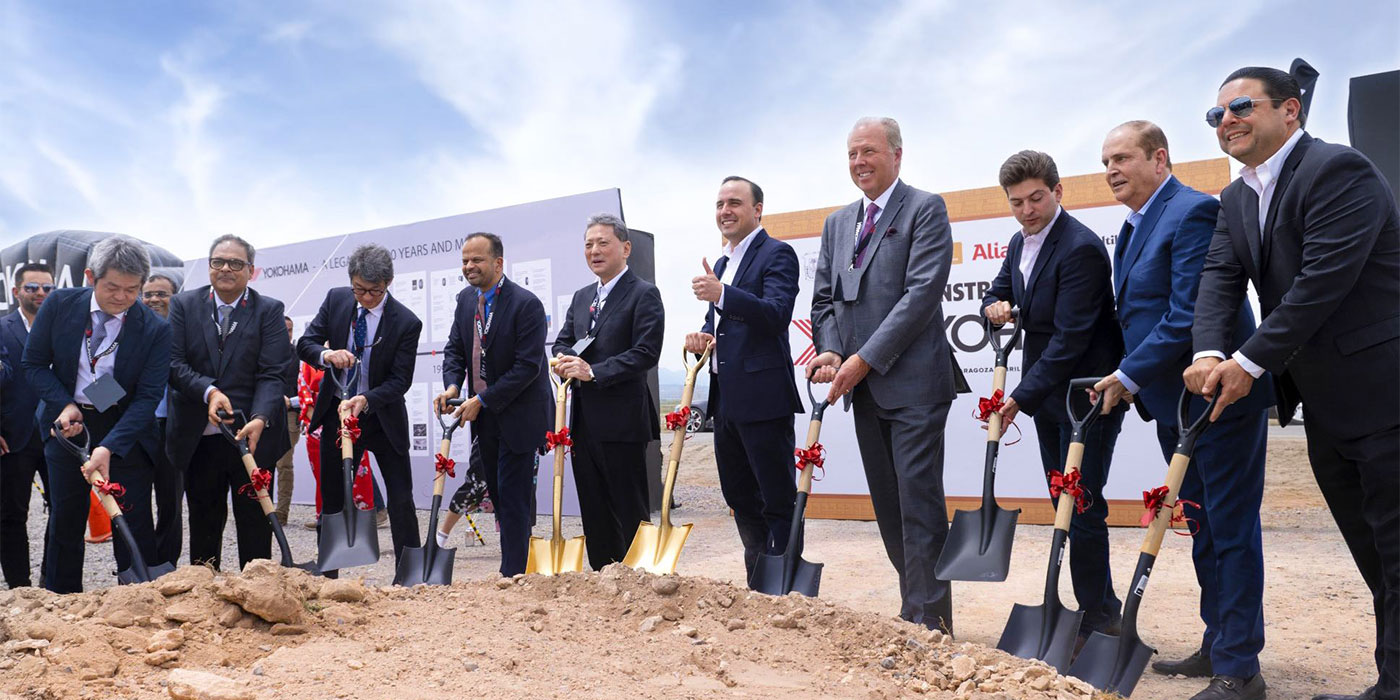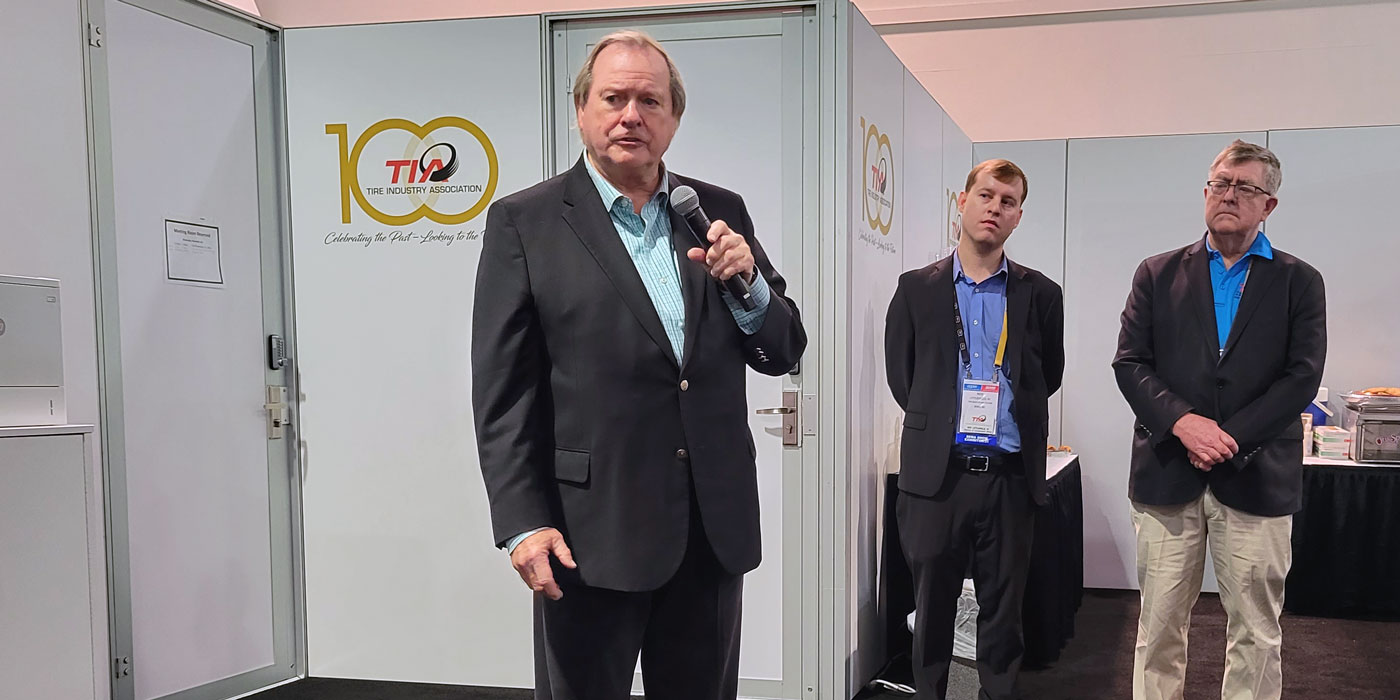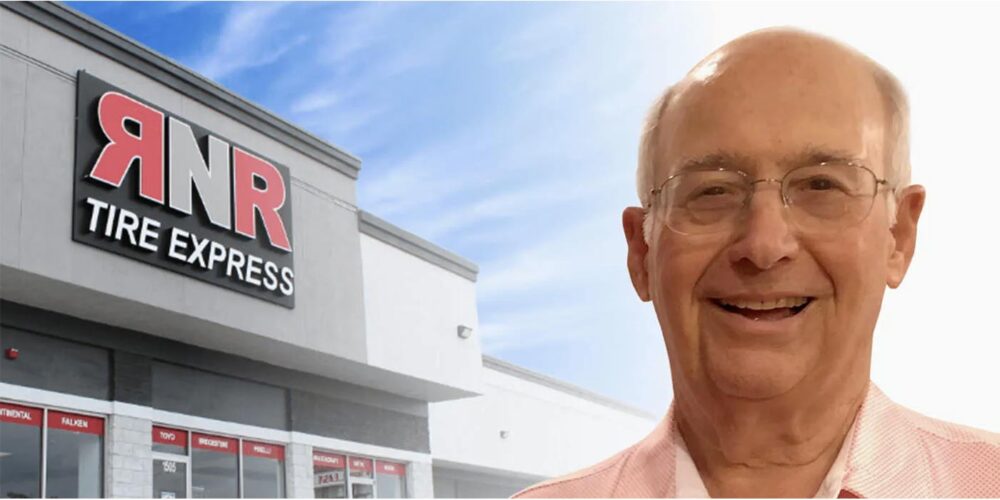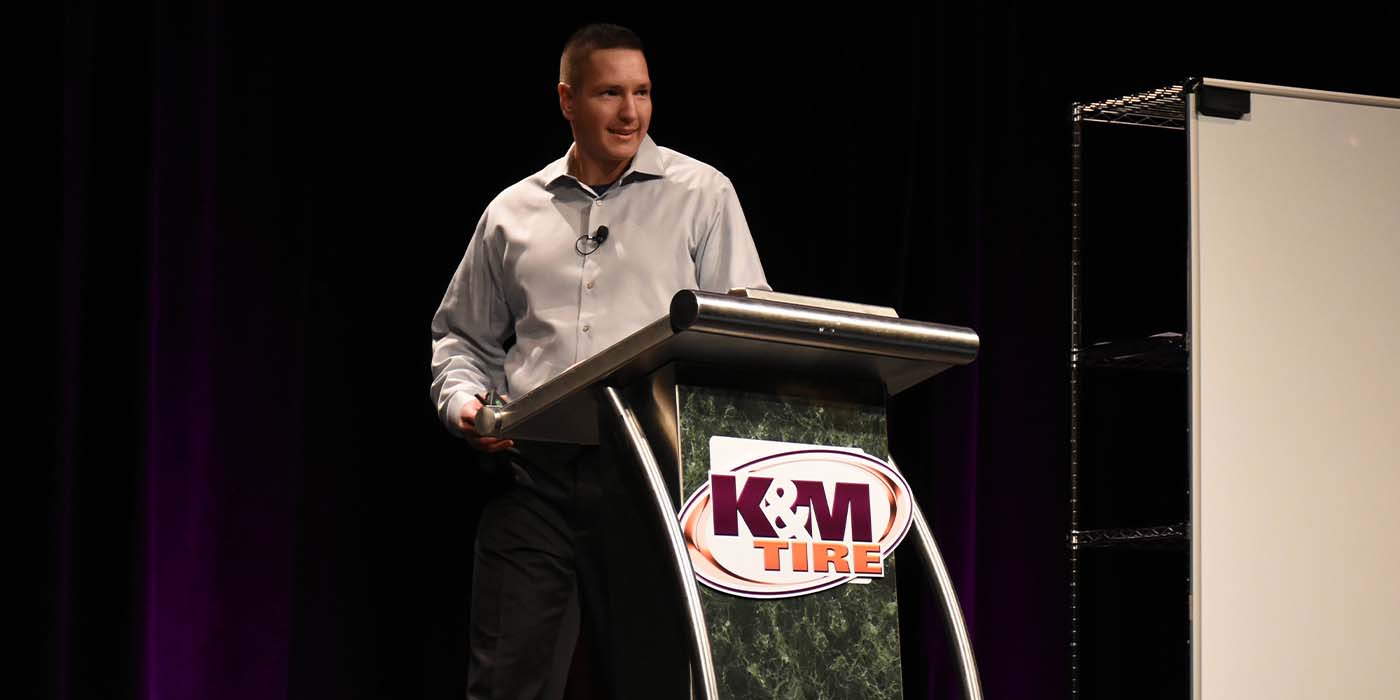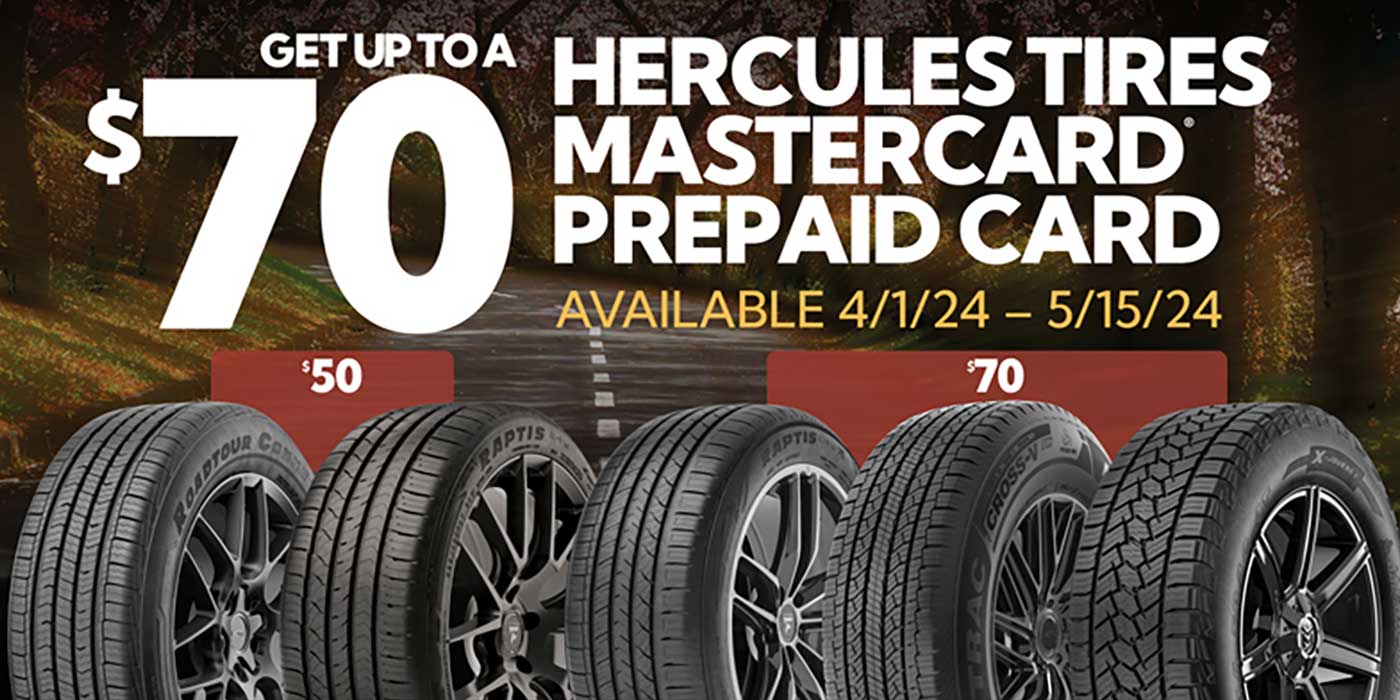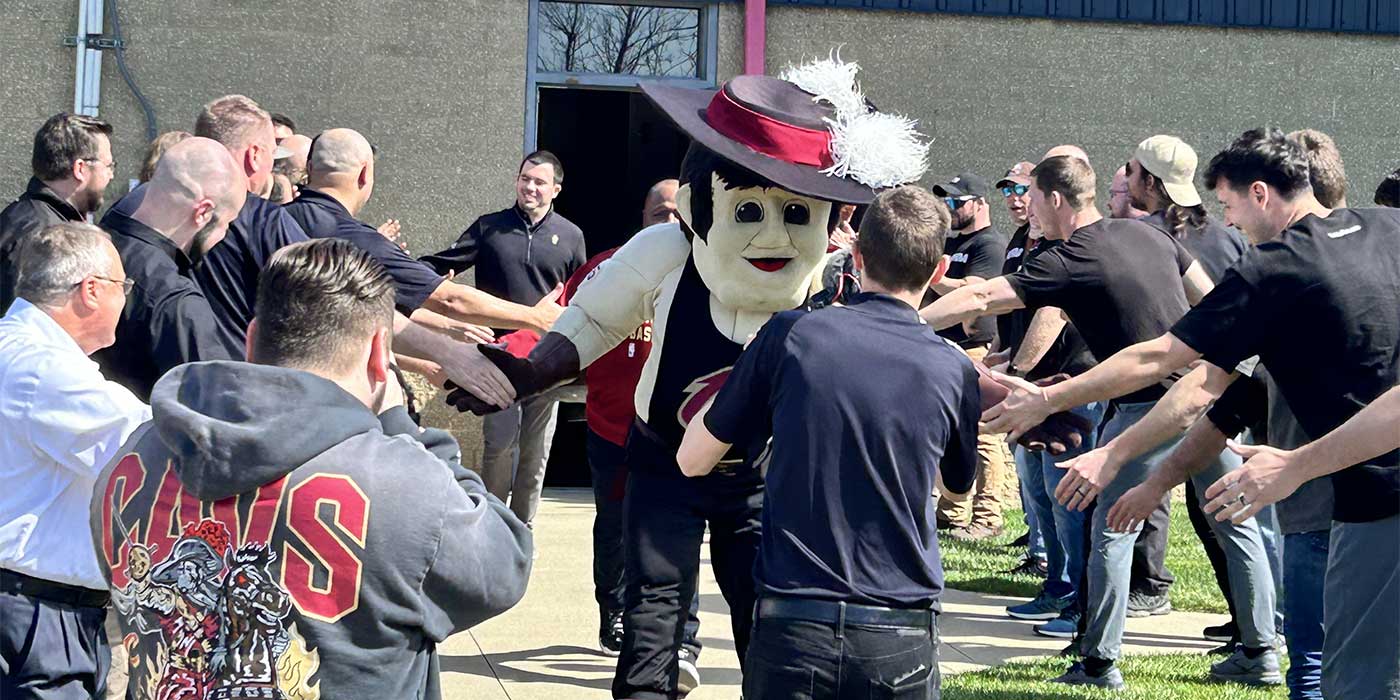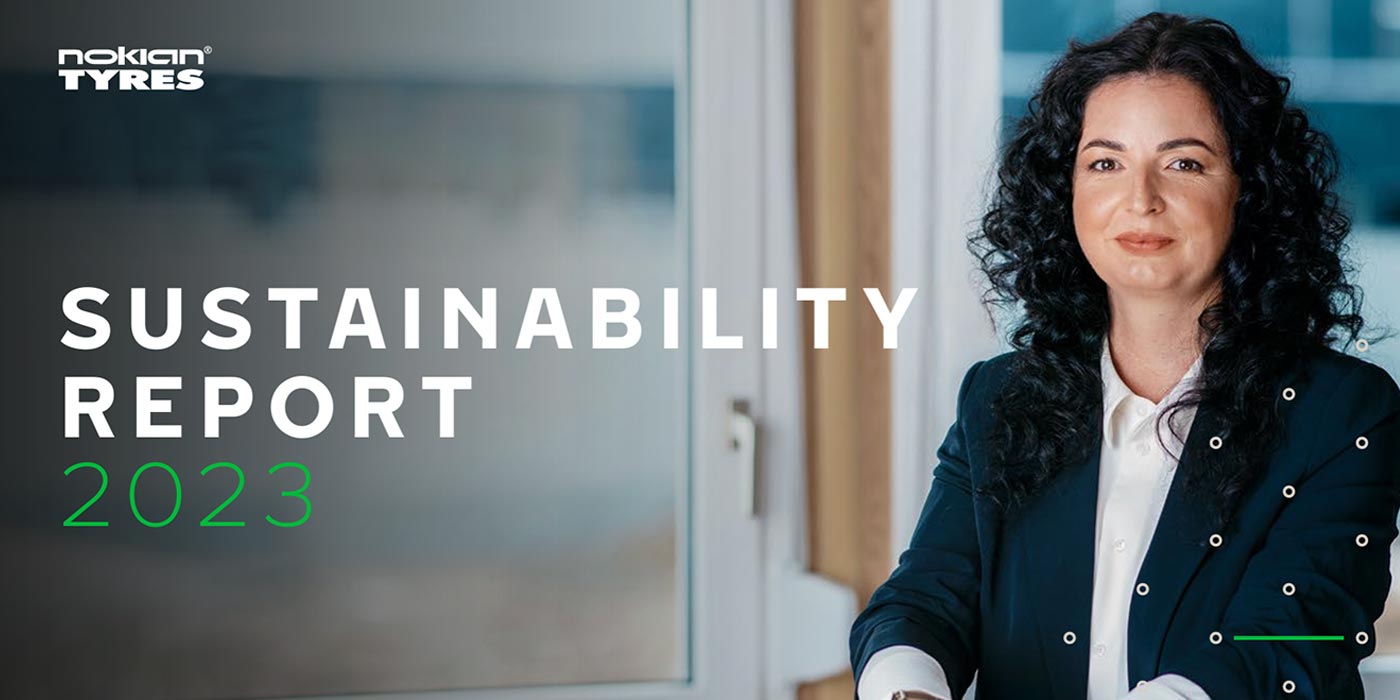During that four-year period, which started in November 2004, Cooper dealers in the U.S. and Canada had the opportunity to add Kenda radials to their product screens. While neither party will share numbers, Kenda officials were publicly positive about the results. Still, Kenda president Jimmy Yang said the company was looking forward to “re-launching” the Kenda brand in North America. Kenda operates five tire plants – two in Taiwan, two in China and one in Vietnam – and has distribution centers here in Columbus, Ohio, Atlanta and Elkhart, Ind., with plans to add another somewhere on the west coast. Yang sat down with Tire Review recently to talk about where his company is headed. Just over four years after it began, the sales and marketing relationship between American Kenda Rubber Industrial and Cooper Tire & Rubber Co. came to a quiet end. As of May 1, Kenda will reassume control of the sales and marketing of its passenger and light truck/SUV lines, a parting that both parties call a “mutual decision.”
Just over four years after it began, the sales and marketing relationship between American Kenda Rubber Industrial and Cooper Tire & Rubber Co. came to a quiet end. As of May 1, Kenda will reassume control of the sales and marketing of its passenger and light truck/SUV lines, a parting that both parties call a “mutual decision.”
Q: Talk about where Kenda is right now and what your immediate plans are.
A: We’re expanding. We’re expanding from when Cooper had Kenda. They only had three SKUs of ours, and now we are adding a mud terrain, an all terrain, a winter, a sports tuning and a UHP tire. We’re taking a broader approach to offer dealers a wider choice. On May 1, we officially can take orders for the tires. Right now, we are working to complete our lines and sizes, and get our brochures, programs and pricing ready. We are hiring a director of national sales so he can deliver the programs, and then we will expand later with new territory reps. That director of sales will be the key person we are looking for.
Q: Have you been able to retain those dealers who were handling Kenda under Cooper?
A: We’re going to retain some business there. According to the agreement, Cooper is supposed to hand over their current existing sales and customer information to Kenda and it’s supposed to be a smooth transition. Whether those dealers elect to stay is up to them. Just because Cooper says, “Kenda, this is the list of customers we do business with” doesn’t mean they have to stay. They still have a choice. I’m pretty confident that we should be able to retain some business there. I know we won’t keep it all, but we should be able to retain most of them.
Q: Why did Kenda do the deal with Cooper back in 2004? What were you looking to gain?
A: Volume. At that time, when Kenda starting marketing radial passenger tires from 2002, we had a small degree of success but it was rather slow. We were the new kids on the block. Even though we were very established within bicycle tires and motorcycle, ATV and specialty tires, we were still the new kids on the block with radial passenger. At the same time, capacity in the plant was expanding every day. Every month we were adding two molds, so the production capacity was growing rather quick. We needed orders to keep the factory busy. So already having the off-take tire business with Cooper helped. Remember, at the beginning when Kenda added radial production in 2002, we structured a deal with Cooper to make the Avon tire for them. And there was instant good volume for the start-up factory. When it came to the Kenda brand, of course we wanted to sell as many Kenda brand tires as possible. So we opened up the market worldwide and we were able to add customers in Europe, South America, the Middle East and China – particularly in China. That was another key market for us. But we wanted to build sales for the Kenda brand in North America, that’s the most important market in the world. Working with Cooper gave us that advantage because Kenda was able to tag along with Cooper’s network and Cooper also positioned Kenda as a brand to go along side Cooper. So that made sense.
Q: Why did Cooper decide to drop the partnership?
A: It probably was more because of my request of them. Cooper has done a good job to grow the Kenda brand. They were able to sell more Kenda tires in North America than what Kenda could have done for the same period of time, and I certainly have no complaints. They did a good job. But in looking at the long run and the growth potential in the future, clearly it would be better for Kenda to take ownership back and handle the sales and marketing ourselves. When I brought up the idea to Cooper, after giving it some thought the Cooper executives agreed, based on a very good friendship and partnership between the two companies. They listened to my suggestion and they agreed that Kenda should take ownership of its sales and marketing in this country because when you look at the current arrangement, Kenda was always a secondary brand to Cooper. It was hard for Kenda to move up and there was no reason for Cooper to bring the brand up to where we wanted to see it. So for the long term we felt the Kenda brand potential was limited.
Q: With the ball being back in your court, how has your brand strategy changed and how do you plan to go to market now?
A: When you look at the makeup of the market right now, you can segregate the brands into several tiers. It’s debatable who is in what tier. The top brands have much better control of their market and can dictate to the market better. You can do that if you have better brand recognition. Today, certainly Michelin can do what it needs to do vs. say what a Maxxis or Kenda can do. We position ourselves to be a Tier 4 brand, and my goal is to move up to be a Tier 3 brand. I hope eventually to reach Tier 2. Kenda has been fairly successful in branding in the bicycle, motorcycle and ATV segments, and with other industrial and golf course tires. We are considered among the leading brands in those markets. Our goal is to work hard and work smart to bring the brand image higher. It’s a very long-term goal. I do not expect to see Kenda as a Tier 3 or Tier 2 brand quickly. But it can be a good solid Tier 4 or Tier 3 tire that offers good quality and service and profits to dealers and distributors.
Q: From a technology standpoint, what did Kenda gain from Cooper?
A: Well, the benefit of the technical assistance from Cooper probably comes along with the off-take tires that Kenda built for Cooper. When Cooper brought Avon and Lexington tires to Kenda for our manufacturing they also brought high quality requirements and standards for what would be accepted. Cooper also sent engineers to Kenda plants and assisted Kenda manufacturing to reach the type of quality standards Cooper requires. It’s not like Cooper came in and said, “Kenda, we want to help you do better.” It was more out of necessity to make sure the tires Kenda produced for Cooper met their expectations. So those are really the benefits from the off-take programs Kenda had with Cooper. There was no direct, so-called “technical transfer” from Cooper to Kenda. There was a time we talked about a technical agreement, but we never reached that agreement.
Q: What did Cooper gain from Kenda in the relationship?
A: I think the most important thing they gained from the partnership is the knowledge of the Asian market, particularly the Chinese market. Kenda had been in the Chinese market for many years prior to our partnership. We have been there since 1987, and have two plants there now. So Kenda already had the cumulative understanding, knowledge and experience about the nature of the country and the market. So I think Cooper benefited from that. Apart from getting that experience, Cooper was getting the additional radial passenger production which Kenda put together.
Q: What is the status of the joint venture plant with Cooper in China now?
A: It’s going well. We started working on the joint venture agreement in 2003 and it was finally signed in 2004. Groundbreaking happened in November 2005 and first production started in March 2006. So since then it has progressed accordingly. Phase 1 capacity is 20,500 units per day and Phase 2 will bring it up to 40,000. The first phase was to be completed by the end of 2009. We were at about 10,000 per day as of October 2008. The agreement calls for all the tires to be Cooper brand the first five years. From the sixth year it will be 10% Kenda, then 20% in the seventh year, and so on, so that by the 10th year it will be 50/50 production.
Q: Is there any reason that the joint venture plant will change in any way?
A: No, I think that the relationship between Kenda and Cooper will continue to be very strong. We will both make adjustments to the plant from time to time to adjust to the market. Right now the market is tougher, so we mutually agreed to slow down the progress a little bit. But I have no reason to believe that the relationship will change. We will see the benefit of the two companies continuing to work together.
Q: From a marketing and pricing standpoint, what are your plans for the Kenda product in the U.S.? How will it be positioned and how will you promote it?
A: In the current market situation, who has gained and who has lost the most? We came to the conclusion that it is the top tier brands with the higher selling price that probably are losing more and the bottom tier brands with the more affordable pricing structure are probably gaining more. With the economy as soft as it is and with consumers worried about jobs and income, people are really watching their spending very carefully. I believe the country is more open to the lower tier brands at more affordable prices. Before, they were probably more geared to the brands they knew and could trust, and were willing and could afford to pay more. Today people are trying to save money but they still need to change tires. They ask the dealer, ‘What is the cheapest tire you have?’ The store salesman tells them they have decent tires at a much more affordable price. We will position Kenda as very affordable with competitive pricing. But we also want to establish a brand image to bring awareness to the consumer and create an image that Kenda is a very reliable, good quality tire. So our ad campaigns will focus on the reliability of the tires, that the consumer will get their money’s worth and they can trust the performance of the tire.
Q: Do you have any goals for how many distributors or retailers you have?
A: It is a little hard for me to answer that question right now because we are in the middle of putting our game plans together.
Q: Product-wise, looking forward the next two to five years, what are your plans?
A: I think the range that we gave earlier – the winter, tuning, the UHP lines, the SUV tires, the all-terrain and mud tires – that for now should be pretty complete. But we have to make sure we have enough size coverage for those categories. Right now, we have limited sizes. For example, for one current tire we only have 17 sizes to cover the S-, T- and H-rated ranges. So we need to expand our range to maybe 40-45 sizes. It is the same with the others, where we have limited selections. Those will be gradually expanded to a full range. For the near term, we will introduce more sizes to make them more complete offerings.
Q: Is there a market coverage percentage you are trying to reach?
A: It depends on our capacity. We don’t have a big production at this moment and we have to service the whole world. So how many tires we can sell here depends on the capability there.
Q: You have other products – bicycle, motorcycle, scooter, ATV – available. Are these handled by a separate team? Any thought to packaging them to dealers with your consumer radials?
A: It’s a separate division led by a different national sales manager. But marketing-wise it is beneficial to pool the marketing efforts together because they can influence each other and benefit from each other. The radial passenger tire brand image can be helped by the high image already established in the bicycle and motorcycle and ATV markets. And we can follow the experience we gained marketing those types of tires. I don’t think the distributor or dealer for radial passenger tires will be interested in bicycle or motorcycle or scooter tires, but there are other products – ATV, golf course, trailer tires – that can be easily added to their distribution. So, yes, there will be some combination of those products that we can offer. It is an advantage we have. We can go to our existing industrial tire customers who are also in the passenger tire business and we can easily add our tires there. It’s going to be a plus there.



